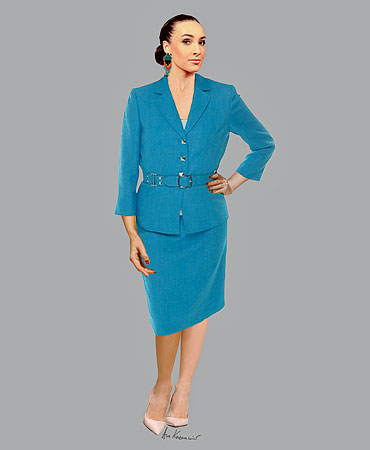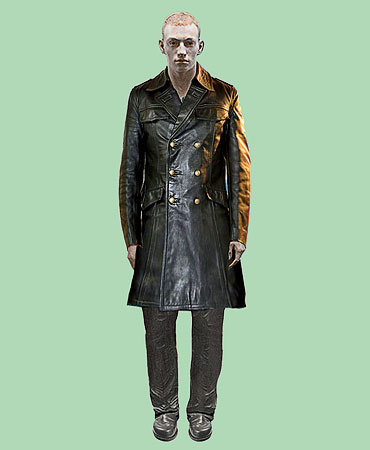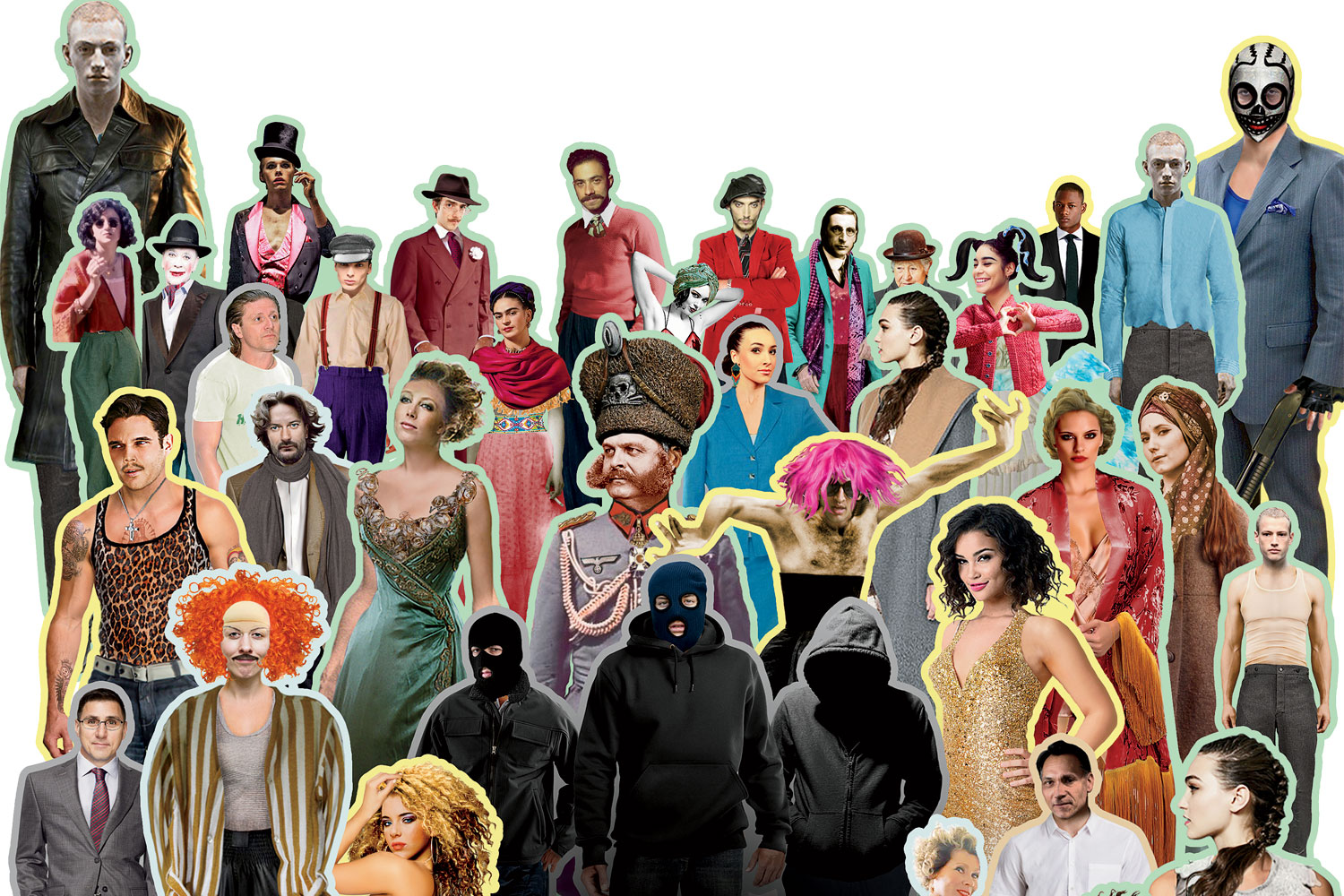There are easier books to adapt for the stage than 2666, a 900-page, five-part meditation on evil and literature written by Roberto Bolaño and published in 2004, a year after the Chilean author’s death. But a decade ago, Robert Falls saw a sign. Several of them, in fact.
While on a trip to Barcelona in 2006, the Goodman Theatre’s artistic director noticed the city had been plastered with large posters of pink crosses advertising the mysteriously titled novel. Two years later, when 2666 came out in English (and won the National Book Critics Circle Award), Falls was blown away by the story, which had been inspired by the unsolved murders of hundreds of women in Ciudad Juárez, Mexico. “It’s the great novel of the 21st century,” Falls enthuses.
He set off on what became an extensive project to turn the book into a play—the first literary adaptation in his four-decade career. In 2012, he found a collaborator in Seth Bockley, the Goodman’s resident playwright and a fan of Bolaño. “[The idea] was firing on all cylinders for me,” says Bockley. For the next few years, the pair exchanged drafts of the script and workshopped it with actors. The five-hour play they ended up with will premiere, with three intermissions, on February 6.
At one point, though, Falls and Bockley weren’t sure their ambitious vision would ever see the stage. One issue was what Falls calls the “ball-breaking budget” that the massive project demanded. The other was the challenge of keeping an audience engaged for so long. “It’s one thing to see Nathan Lane and Brian Dennehy in a five-hour play by Eugene O’Neill,” explains Falls, referring to his 2012 hit, The Iceman Cometh. It’s another for Goodman-goers to sit through five hours of a difficult, complex work by someone who’s not exactly a household name in the United States. “I couldn’t figure out how this thing could be produced,” Falls says.
Then, in late 2014, money appeared like manna when Falls got a call from the newly established Roy Cockrum Foundation. The eponymous Northwestern alum, a onetime actor and later an Episcopal monk, had won $259 million in a Powerball lottery and wanted to support the arts—in particular, large-scale plays. Though Falls declines to specify the exact amount of the gift (“That’s part of the terms,” he says), he confirms that it was in the high six figures and is the largest single grant for a specific production the Goodman has ever received from an individual.
The gift helped the production in three ways: It allowed Falls and Bockley to realize the novel’s five parts by creating visually rich landscapes—from an abstract minimalist lecture hall to a film-noir-inspired video sequence—that will surely help hold audience’s attention. It paid for the 15-member cast to rehearse for nearly two months, twice as long as usual. And it allowed the production to run outside the Goodman’s regular season and on its smaller Owen stage, reducing the pressure to sell seats.
Without the grant, Falls says, the Goodman would never have been able to get at the essence of Bolaño’s novel. “It’s about the nature of evil, the unknowableness of it, and how art responds to it,” Falls says. “It’s truly about the heart of darkness.”
Dress Code
Costume designer Ana Kuzmanic created a whopping 120 outfits for the five-part 2666. Here, her designs for five main characters.

Liz Norton
(Part 1)
A literary critic in search of the mysterious German writer Benno von Archimboldi

Óscar Amalfitano
(Part 2)
A Chilean professor living in Mexico who fears for his daughter when 300 women are killed

Oscar Fate
(Part 3)
An American journalist visiting Mexico to cover a boxing match

Azucena Esquivel Plata
(Part 4)
A Mexican politician who fights to shed light on the unsolved murders

Hans Reiter
(Part 5)
The man behind the nom de plume Benno von Archimboldi




